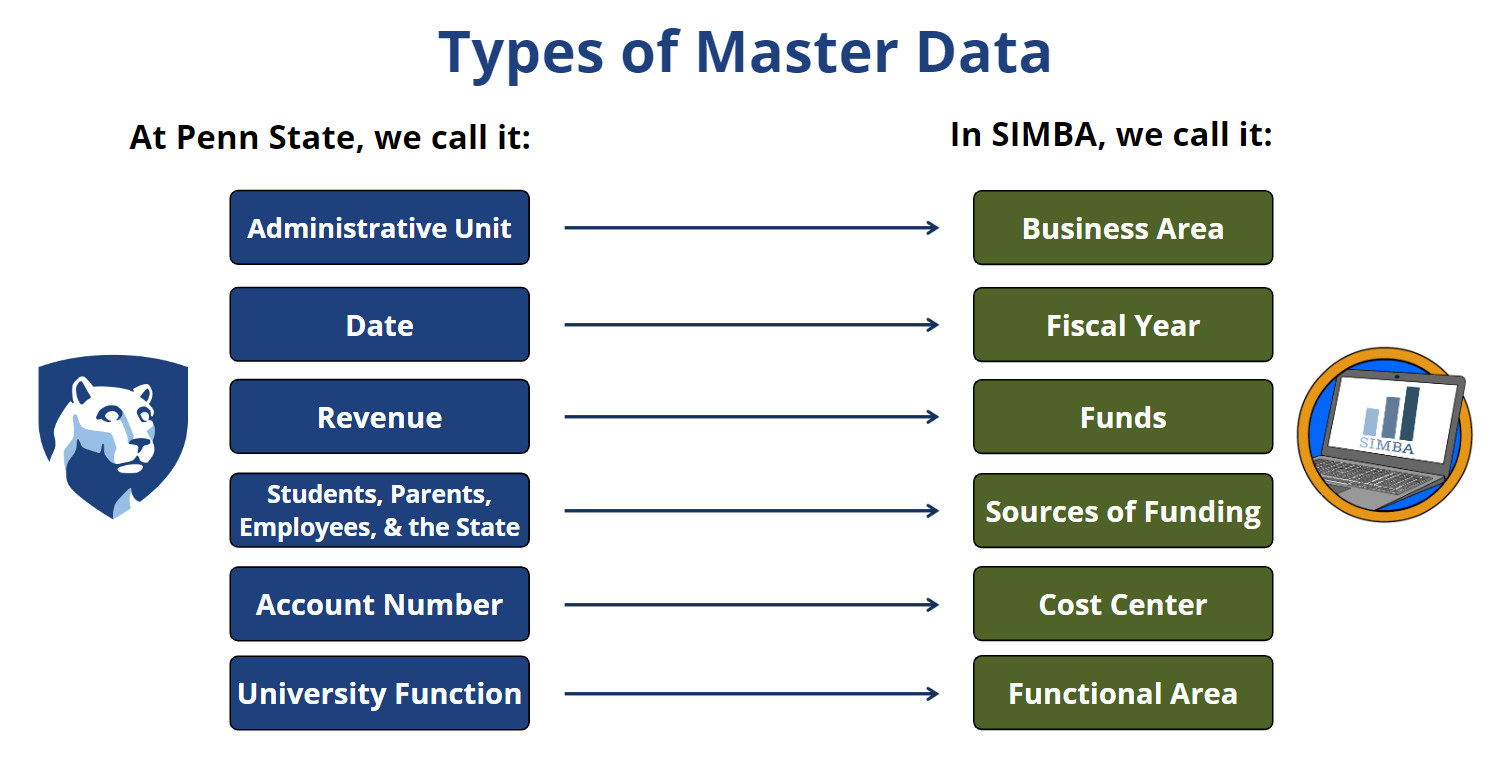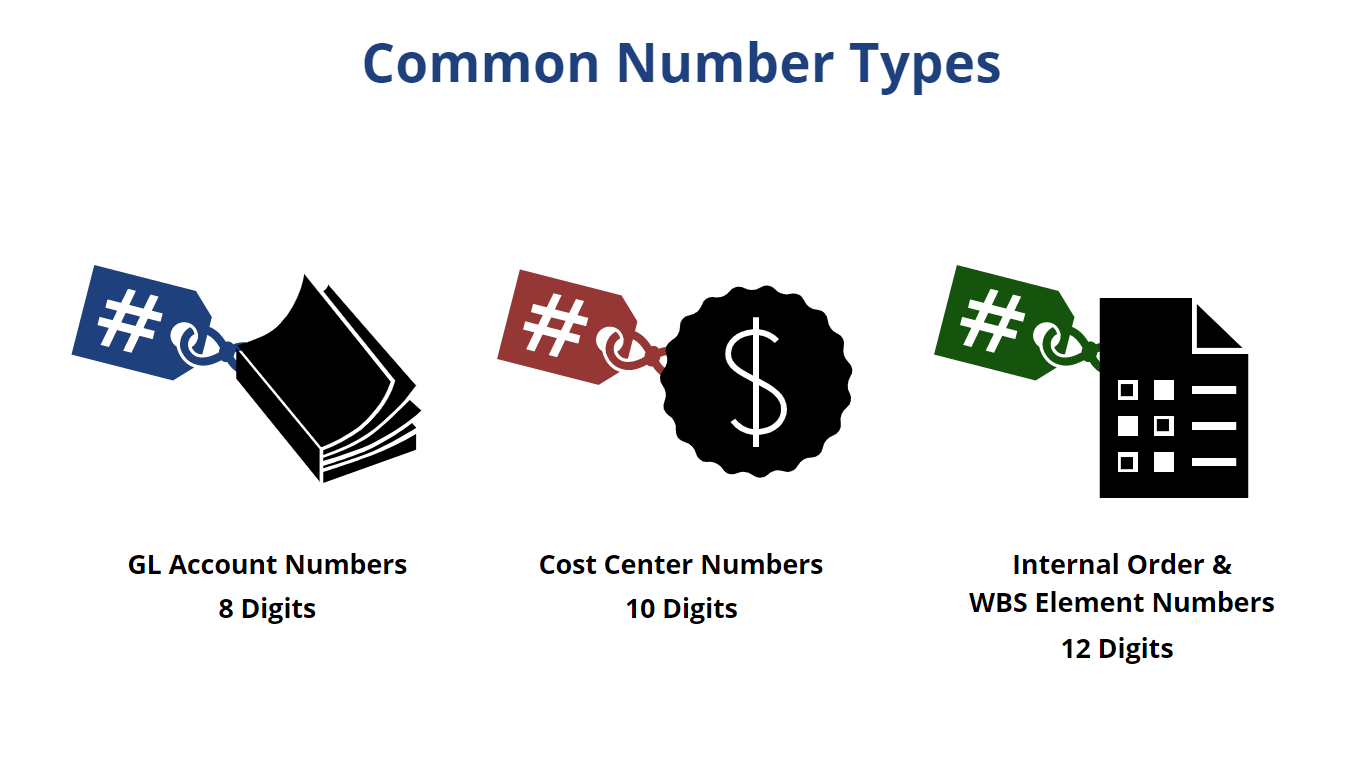If you’re interested in learning more about the foundations of SIMBA—Penn State’s System for Integrated Management, Budget, and Accounting—SIMBA Essentials is the place to start. SIMBA Essentials is a self-paced learning experience that walks you through the basics of how SIMBA operates to assist you when working in the system, regardless of your role or responsibilities. Read on to learn the top 5 ways SIMBA Essentials will enrich your understanding of the system and give you quick access to the features you use most. Visit the SIMBA Toolkit home page to access the entire track.
1: Prep Steps.
Before working in SIMBA, you first need to be sure your technology is prepped properly. To prepare your technology to access SIMBA, you need to be connected to Penn State’s network and enable browser pop-ups. If you are working off-campus, you will need to connect to the network by way of the GlobalProtect Virtual Private Network (VPN). Once you are connected to the network and have enabled browser pop-ups, you are set to access SIMBA. To learn more about these prep steps and useful ways to customize your launchpad, visit SIMBA Essentials Module 1, Lessons 1 to 6.

2: What and How?
The journey of an accounting transaction begins when a SIMBA user submits a financial entry into SIMBA. The entry is labeled with Penn State’s company code, 1855, and is then assigned to its appropriate business area, which can be made up of several departments. Then it is assigned to a cost center within a given department, after which it will be sorted to any relevant ledgers.
Our company code, business areas, departments, cost centers, and ledgers are all examples of master data. Master data identifies the people, places, and things related to business transactions that take place at Penn State. SIMBA uses master data to automatically complete sections of an accounting transaction when key pieces of information are entered into the system. This assistance from SIMBA is called master data derivation which reduces data entry and improves overall accuracy while you work in the system. To learn more about what master data is and how it works for you, visit SIMBA Essentials, Module 2 Master Data and You.

3: Know Your Numbers.
In SIMBA, you’ll notice there are many different number types, each of which serve various budgetary and reporting purposes. These numbers can be difficult to keep track of, but SIMBA Essentials will assist you in learning the most common number types and how to spot them. Specifically, you’ll learn about General Ledger (GL) Account Numbers, which are 8 digits in length and categorize transactions according to the good or service being purchased. You’ll also study Cost Center numbers, which are 10 digits in length and allow you to charge the correct account within your department. Finally, you’ll be acquainted with Internal Order numbers and Work Breakdown Structure (WBS) element numbers, which are special types of accounts you may use in your department. To learn more about common number types, visit SIMBA Essentials Module 2, Lesson 8.

4: Ledger Learnings.
Accounting transactions at Penn State are organized and managed by four ledgers: Finance, or general ledger, Controlling, Funds Management, and Grants Management. Collectively, these ledgers are tied together through what is called a universal journal. Studying these ledgers and their purposes enables better planning, tracking, and reporting of accounting transactions throughout a fiscal year. To learn more about each ledger type and how accounting transactions are organized, please visit SIMBA Essentials Module 2, Lesson 3.
5: Journey to the Center of the Funds.
Knowing the source of a particular fund and the expectations of its stakeholders will help you understand the policies and procedures that are in place in SIMBA. Funds at Penn State can come from various sources, including students, parents, faculty, staff, alumni, taxpayers, donors, sponsors, legislators, federal agencies, and the state. Each source provides funding to Penn State with the expectation that we will be good stewards of their funds. To learn more about sources of funding and stewardship of funds, please visit SIMBA Essentials Module 2, Lesson 5.
If you ever need assistance with SIMBA, there are many methods of support available to you. Consult the SIMBA Support module to learn where you can get help with your SIMBA responsibilities. Penn State offers direct support, through SIMBA Super Users and Financial Officers. Learning opportunities are available, such as instructor-led trainings and open office hours, and if you need just-in-time job aids for specific tasks, the SIMBA Website and SAP Companion offer multimedia guides and tutorials. Learn about all of these and more in SIMBA Essentials.
